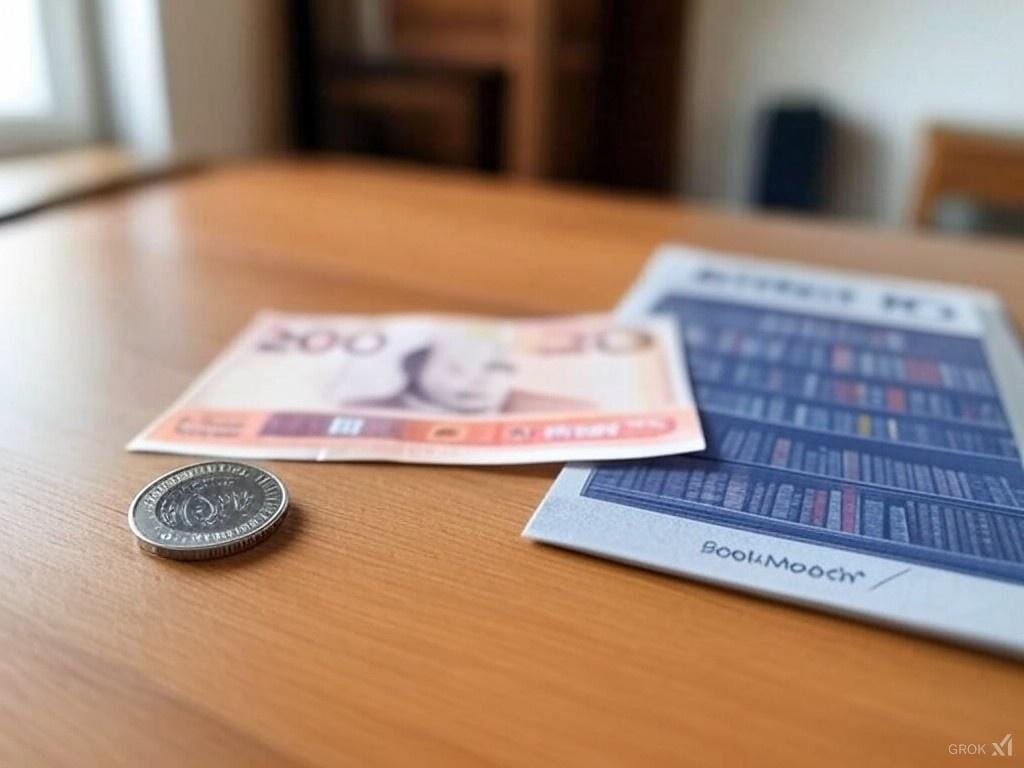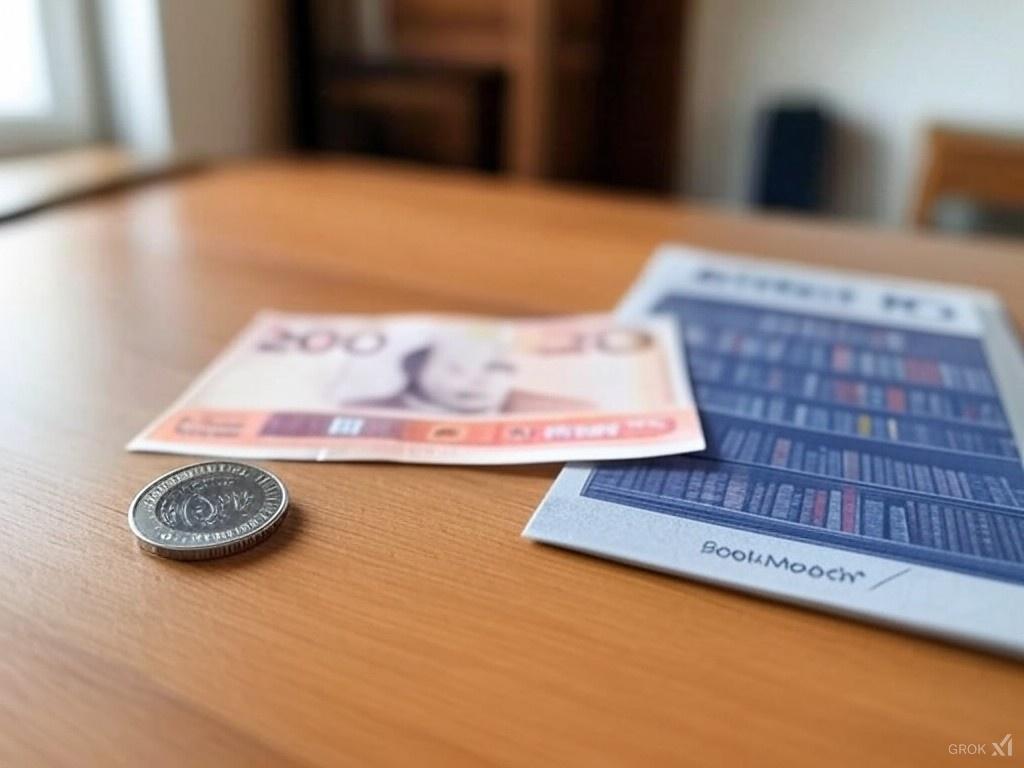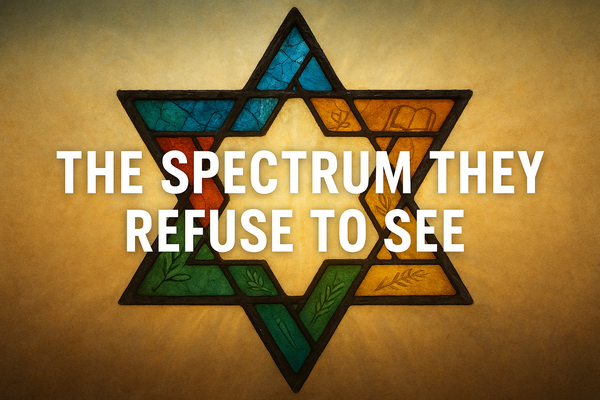Delving into Proto-Community Currencies: A Look at Three Finnish Schemes

This blog post explores the fascinating world of proto-community currencies through a case study of three distinct schemes operating in Finland: sysmä, Pisteet kotiin®, and BookMooch. These schemes, while showcasing certain monetary characteristics, don't completely fit the mold of fully functional community currencies. They occupy an intriguing niche, exhibiting limitations that make them distinct from conventional fiat currency while still performing partial monetary functions.
Understanding the Nuances of Money and Currency
Before diving into the Finnish examples, it's crucial to understand the distinctions between money and currency. While often used interchangeably, these terms hold distinct meanings in the realm of community currencies:
- Money refers to the physical form of exchange, encompassing cash, digital currencies, and other forms.
- Currency, on the other hand, emphasizes the movement and flow of these mediums. It's the vitality of money in action, circulating through various transactions, transfers, and uses.
A helpful concept for visualizing this is the CCE Continuum, analogous to the accounting term "Cash and Cash Equivalents". It encapsulates various asset classes:
- Near-money and Proto-money/Proto-community currencies
- Community currencies (CCs) and Local currencies
- Fiat money (more aptly termed fiat currency) and Community money
- All capitals community money
The schemes examined in this post fall under the category of proto-community currencies, as they don't aspire to replace existing money systems but rather complement them.
Proto-Community Currencies in Action: The Finnish Case Studies
1. sysmä: Implemented in the rural municipality of Sysmä, this digitally based system aimed to combat population decline and support local businesses. Residents and businesses could use sysmä, but its use was essentially mandated for local associations seeking municipal grants.
2. Pisteet kotiin®: This points-based loyalty scheme was introduced by VTS-kodit, a housing association in Tampere. Tenants earn points for actions like paying rent on time and participating in resident committees. These points can be exchanged for vouchers to spend with partner businesses.
3. BookMooch: A global book-swapping platform, BookMooch employs a digital points system where users earn points for giving away books. These points can be used to acquire books from other members.
Assessing the Properties and Functions of Money in these Schemes
While not exhibiting all the properties of traditional money, these schemes demonstrate some to varying degrees.
Properties of Money:
- Fungibility: sysmä and Pisteet kotiin® lack fungibility because their vouchers have varying values and aren't interchangeable. BookMooch points, however, are fully electronic and therefore fungible.
- Durability: All three schemes exhibit varying degrees of durability. BookMooch points are durable as digital information, while the physical vouchers of the other two schemes can be damaged or lost.
- Portability: BookMooch points excel in portability due to their digital nature. Sysmä and Pisteet kotiin® have limited portability, as they rely on physical QR codes and vouchers.
- Usability: BookMooch points are easily usable within the platform. The sysmä faced challenges in usability due to lack of acceptance by the community. Pisteet kotiin® suffers from a complex spending process involving vouchers and authorization, hindering usability.
- Cognizability: BookMooch points have clear value within the platform. The sysmä and Pisteet kotiin® lack readily identifiable values due to fluctuating systems and limited transparency.
- Stability of Value: BookMooch points demonstrate fluctuating value depending on the location of the buyer and seller. The sysmä's value could be influenced by factors like bonuses and the choice of exchange method. Pisteet kotiin® has maintained a relatively stable value so far.
- Scarcity: BookMooch has only a theoretical scarcity limit due to the potential for unlimited book additions. Sysmä and Pisteet kotiin®, however, have more controlled issuance, contributing to scarcity.
Functions of Money:
- Medium of Exchange: All three schemes function as mediums of exchange within their specific contexts.
- Measure of Value: All schemes can be used to measure the value of goods or services within their platforms.
- Standard of Deferred Payment: None of the schemes currently function as a standard for valuing debt over time.
- Store of Value: BookMooch points and Pisteet kotiin® act as stores of value, albeit within their limitations. The sysmä, however, lacked this function due to its annual expiration.
- Credit: All schemes currently lack a credit function. BookMooch previously allowed debt but has since abolished this feature.
Insights from a Current-see Perspective
The concept of current-see, which analyzes the flow of different types of capital, offers a valuable lens for understanding these proto-community currencies. Examining the successes and failures of the schemes through this lens highlights the importance of fostering diverse capital flows for community well-being. For instance, BookMooch, while successful in facilitating the flow of material capital (books), failed to nurture crucial social and relational capital, leading to a decline in its community aspect.
Exploring the Potential for Evolution
While effective within their current constraints, these proto-community currencies have the potential to evolve and encompass a broader range of functions and flows. For example, the Pisteet kotiin® system could be expanded to facilitate exchange between residents, fostering knowledge capital and solidarity within the housing community. Similarly, Sysmä could implement mechanisms to transform its currency into a true store of value, encouraging long-term local engagement.
Conclusion
The Finnish case studies demonstrate the diverse and evolving nature of proto-community currencies. These schemes, while limited in scope, provide valuable insights into alternative economic models that prioritize community needs and localized impact. Further exploration and development of these initiatives hold the potential to enrich community life, stimulate local economies, and foster a more sustainable and equitable future.
Listen to the Podcast






